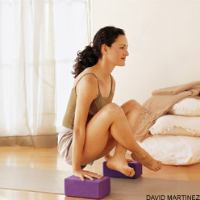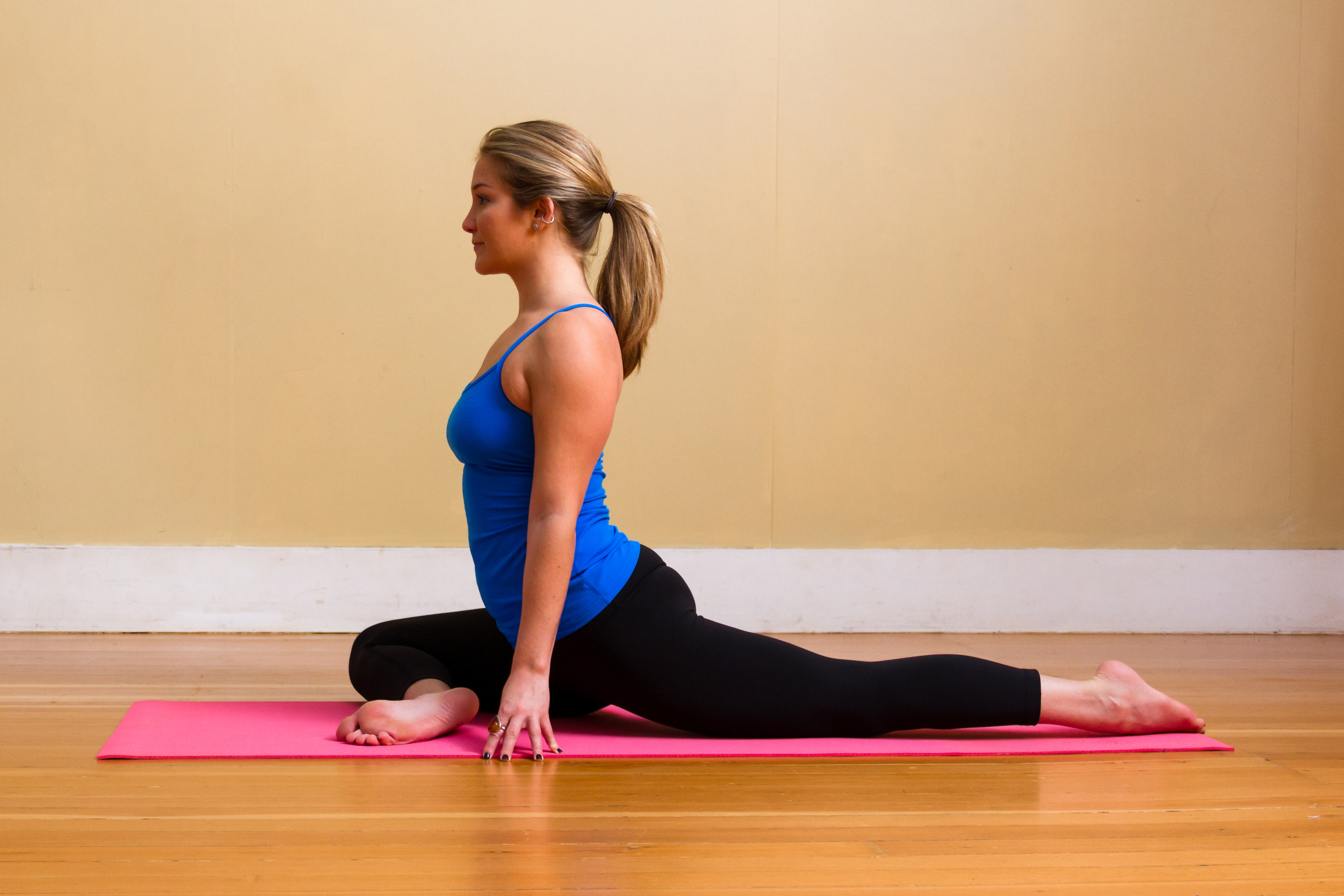Dear Sweet Community,
Its been a little while. Lots of transition and change with my private therapy practice growing. Have you ever thought about how your body reflects your attitude? I have recently gotten a shoulder injury and I am wondering; "am I just shouldering my way through it all?" .
Who likes injury? No-one right? They are not fun right?
So my shoulder injury has really gotten me thinking about how to protect our shoulders in the yoga practice. What would it be like to do every pose from the perspective of shoulder care instead of just shouldering our way through them? What could it be like to apply this attitude in our daily routines? I have even noticed that when it is cold outside I let my shoulders squeeze up my neck as a way to stay warm...hmmmm...there must be a kinder way! What if this kindness to our shoulders could really reflect back to us our habits in our own bodies and how they tell us something about how we are in the world?...
Alignment Tip:
The shoulders are one of, if not the, most unstable joint in the body. This helps us have a lot of flexibility in the joint which we need and it also leaves the joint very vulnerable. I realized that, through rock climbing, I was doing difficult moves on steep climbs without my shoulders in a more stable position. This caused an impingement. And boy is it yucky. Just yucky.
To avoid such an impingement it is important to think of how to stabilize the joint. While sitting try lifting your arms and bend the elbows with the palms facing forward into goal post arms. Gently pull the shoulder blades down the back and feel them anchor into position. You should feel the muscles on top of, beneath, and below the shoulder blades activate. This is important since these muscles are the big lifters and are strong. Now reach your arm forward like you are going to pull a shade down. Notice that there is no pinching in the shoulder anywhere like this.
Try the same thing but let your shoulders ride up by your ears as your reach for the shade. You will feel the top of the arm working causing a grippy feeling in the upper shoulder.
In plank, chaturunga, downward facing dog, upward facing dog, cobra and all of the inversions. The shoulder blades should be in this anchored position down the back. I am not suggesting an over squeezing where you are pinching beneath the blades, but rather a directional of down and slightly in. This means that if you can only go down in chaturunga a few inches while still keeping your blades down the back, then only go down a few inches.
When you begin to practice this way the practice becomes a lot more mindful. Each pose demands a certain care and investigation. I have been practicing this way, and my impingement is getting much better.
You know the old saying your knee bone is connected to your thigh bone... all things are related when it comes to the body! So the way we sit has a connection with shoulder health. Sitting in a slouched position causes the shoulders to round and then we are using the upper arms to type , lift etc. Now compare that to sitting straight and how it encourages the shoulder blades down the back in a stabilized position. Also, notice the emotional reaction you have as you look at these two pictures. We are more open and receptive when we are sitting tall and stabilized. Notice if, in your daily life, you stand or sit slouched. Try finding a straight spine and your goal post arms and then relaxing your hands by your side. This will remind your body to not be lazy with stabilization. It also makes you feel more open hearted and GOOD.
This takes work and practice. But that is the practice of yoga. It is a practice of care and attention, in short; awareness. As we cultivate an awareness of ourselves, we learn to do the same for others. As I slow down and pay attention to my own lazy moments, I can see the ways I am impatient with others. I am learning that true listening, true caring, is about being present. It is in the noticing...of the small almost imperceptible things.
So my yogi friends, I encourage you to protect your shoulders and use it as a way to get real present with yourself and others. Let me know how it goes!!!
Upcoming Trainings:
I am really excited to announce that I am part of the 2017 Teacher Training team for Studio B. I will be leading the anatomy portion as well as other bits. Mostly I am just so excited to be a part of Studio B's first year doing this training program. Anatomy is something I am very passionate about. And I am passionate about creating a new generation of teachers (or yogis that just want to go deeper) who use anatomy to really inform them about their sequence choices.
So YAY! Here we go...anatomy, ANATOMY, ANATOMY!
As always dear yogi's and yogini's,
See you on the mat,
Ariel






























































